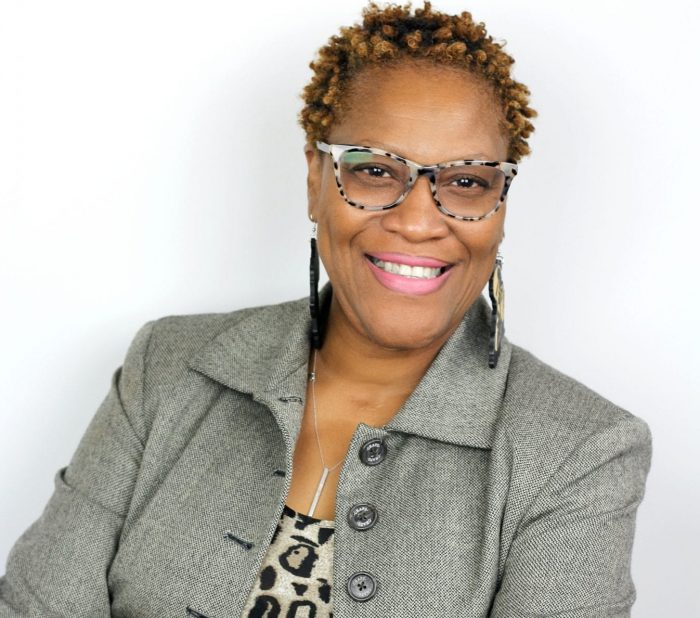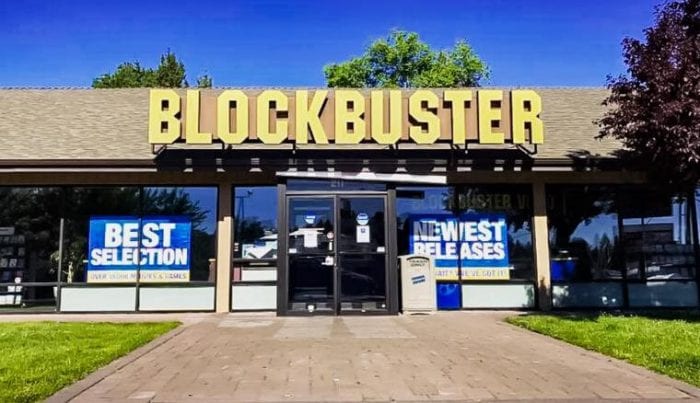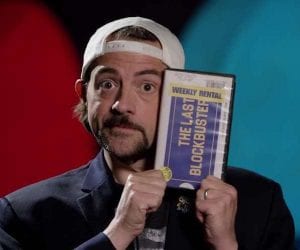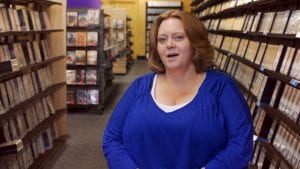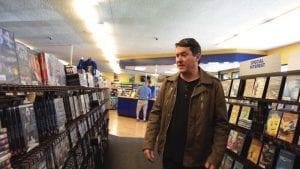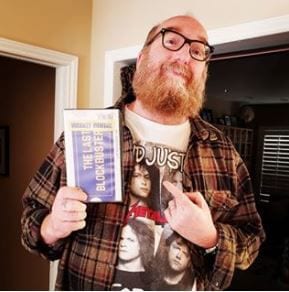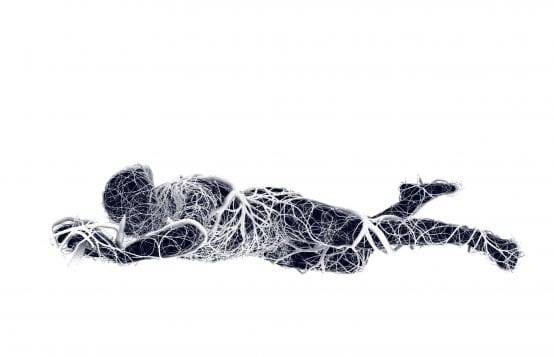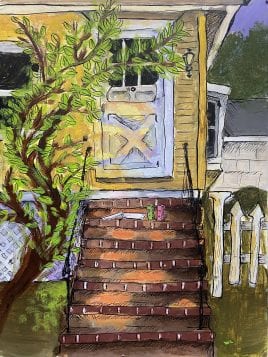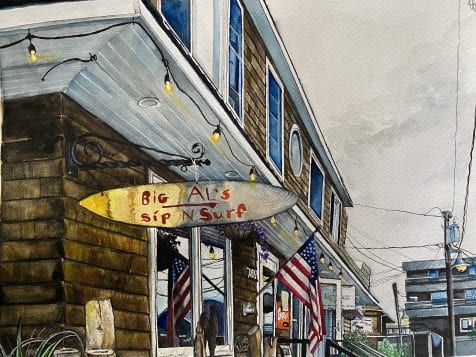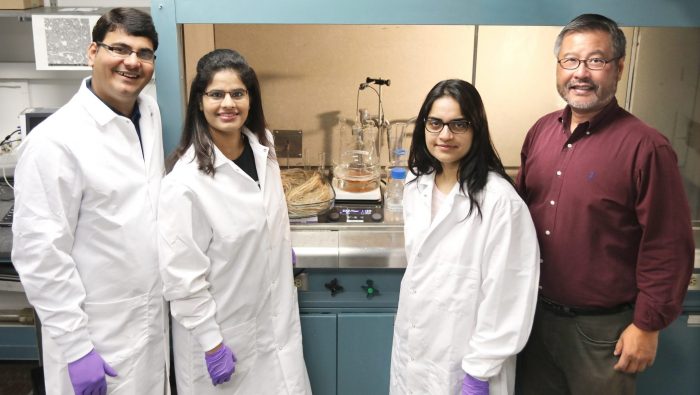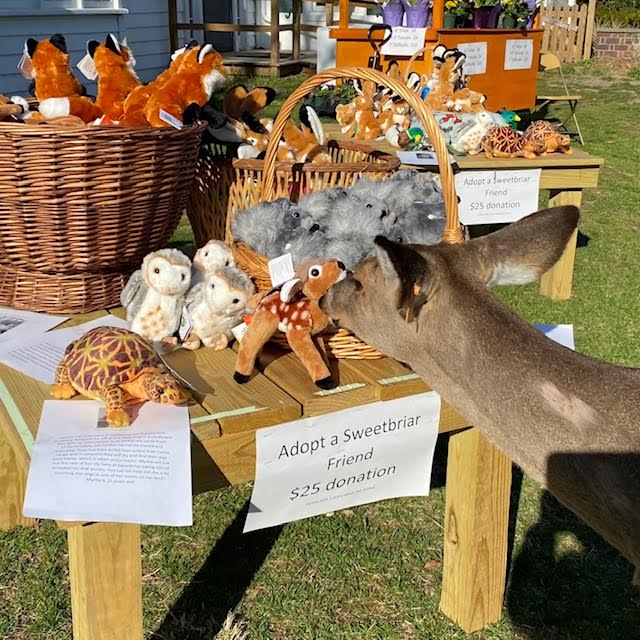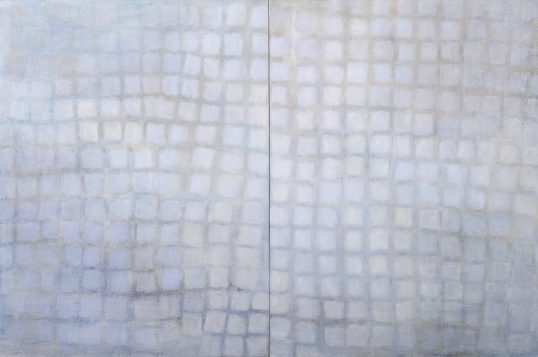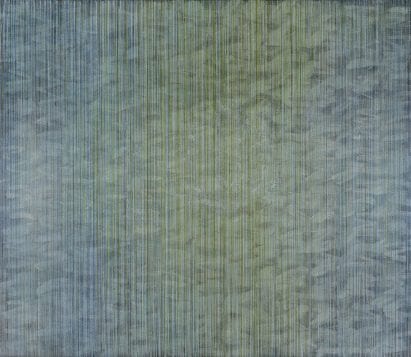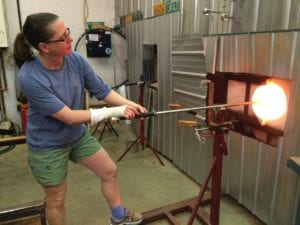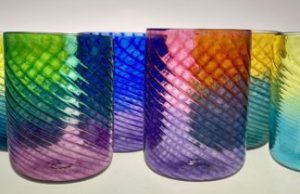The pandemic has affected absolutely everyone and no one more so than small business owners and entrepreneurs. They have never worked harder to stay afloat than in the past year.
Elizabeth Malafi, Coordinator of the Miller Business Center acknowledges their hard work. “Small businesses and entrepreneurs have had such a hard time, especially those who rely heavily on in-person events, shows and markets,” she said.
Because of the limits on these types of events, the Middle Country Public Library’s annual Women’s EXPO went virtual last year. And, now, for the first time in its history, this traditionally fall event will be held virtually in the spring.
An initiative of the Middle Country Library Foundation, the Women’s EXPO is a vehicle to promote economic development for Long Island women entrepreneurs. “Offering a virtual marketplace during this time gives women an opportunity to promote themselves in a new way,” said Malafi. “It also pushes them to create or expand their digital presence. With support from Bank of America and our other sponsors, we are able to offer workshops that help them continue to grow their businesses virtually.”
Recent workshops focused on expanding a small business’s social media footprint.
“The mission of the Library’s Miller Business Center has always been to promote economic development on Long Island. The overwhelmingly positive feedback we received from the exhibitors about our first virtual EXPO led us to make the decision to offer the event for the first time in the spring. Now more than ever, we needed to give Long Island’s women entrepreneurs every opportunity to get back on their feet,” said Sophia Serlis-McPhillips, Director of Middle Country Public Library.
Support local businesses and shop for spring events at the Women’s EXPO on Thursday, April 15 from 10 a.m. to 8 p.m. Register at www.womensEXPOli.org. Virtual attendees will be entered to win one of several door prizes. Computers for browsing will be available at the Middle Country Public Library’s Centereach branch at 101 Eastwood Blvd, Centereach on the day of the event. For more information, please call 631-585-9393, ext. 296.
And now, meet some of the participating entrepreneurs!
Edna J. White
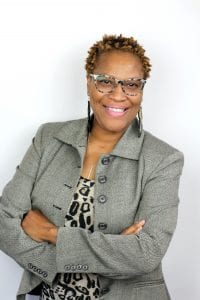
An author and life purpose coach, Edna J. White was looking for a way to revive her business during the pandemic. When she saw the EXPO was going virtual last fall, she thought it would be a good way to promote her books and coaching business.
“At first it was a little confusing because it was my first encounter with this innovative idea but after getting much-needed direction from the EXPO team, I was off and running!” she said. “The online EXPO was a great experience with a lot of engagement.”
White is hoping for even more success this spring.
Mary Ann Butera
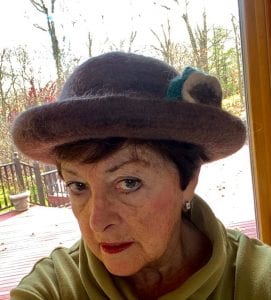
Mary Ann Butera, of Crafty Butterfly, was intrigued by the idea of a virtual EXPO but didn’t think it was really for her … until she visited the online event last December and saw how great it looked and how easy the platform was to use.
“This event could well become a new trend as an addition to in-person fairs. Middle Country Library offers such excellent events and programs, this new approach is just so logical and creative — it fits perfectly into the growing acceptance and use of social media … and gives me another outlet for my hand knit creations.”
Butera will be selling felted hats, shawls, wraps, unique accessories and more during the online event.
Sherry Davis
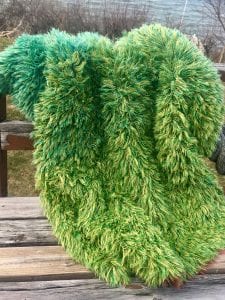 Sherry Davis, of Davis Fiber Arts, had just decided to start selling her artwork as the pandemic hit. She quickly detoured into mask making, taking advantage of both her treasure trove of reclaimed fabrics and her fiber art skills.
Sherry Davis, of Davis Fiber Arts, had just decided to start selling her artwork as the pandemic hit. She quickly detoured into mask making, taking advantage of both her treasure trove of reclaimed fabrics and her fiber art skills.
Now that things are slowly returning to some semblance of normal, Davis says she is “back on track and ready to offer my handwoven upcycled rugs to the public.” After being referred to the virtual EXPO by another woman entrepreneur, Davis decided it was “just the right time for me to debut my work.”
Tiana Le
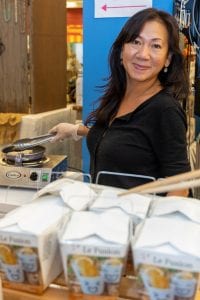 Tiana Le, owner of Le Fusion, an artisan spring roll company, has participated in the EXPO for many years and always loved the comradery of the day but was skeptical about the event going virtual last fall.
Tiana Le, owner of Le Fusion, an artisan spring roll company, has participated in the EXPO for many years and always loved the comradery of the day but was skeptical about the event going virtual last fall.
“When I heard they were doing the EXPO as a virtual market I wasn’t sure how it was going to work but it was AMAZING!!!” said Le, adding that she had customers asking questions throughout the day, like they would in person.
“They brought e-commerce to a different level. The platform was live and interactive. It was a successful and amazing experience!!” Le believes she will be just as successful at the April 15 event.

